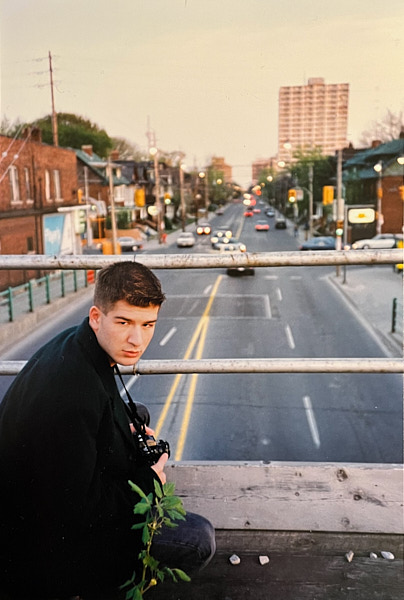Film Years: A Time of Exploration
In my early twenties, photography became more than a hobby — it was a natural instinct. A way to explore both the world around me and my own place within it.
I immersed myself in film photography, reading books, experimenting with manual cameras, and spending time in the darkroom. It wasn't a career ambition, but a natural extension of how I saw things — an instinct to pay attention, to hold onto fleeting moments, and to create something meaningful from them.
The Subjects
Much of this early work grew out of close relationships.
I often photographed friends — not staged portraits, but quiet, intimate moments where trust made the camera almost invisible.
I also brought my camera to parties, on road trips, and into everyday life — always trying to capture the feeling of a moment, not just its appearance.
There are landscapes too: images from Hawaii and other travels, where the beauty of a place met the curiosity of youth.

The Approach
Black-and-white film became a natural choice — partly for its materiality, partly for how it stripped away distraction.
Working manually — setting aperture, shutter speed, and focus by hand — slowed me down and made the act of photographing more deliberate.
Spending time in the darkroom, even occasionally, taught me to embrace imperfection. Light leaks, uneven exposures, slight misses in focus — they belonged to the work just as much as the subjects did.
Looking Back
These images now feel like fragments of a life lived in intensity — unguarded, spontaneous, and full of feeling.
They're different from my work today — rawer, less composed — but still deeply important.
What I learned then wasn't just how to use a camera, but how to remain attentive, curious, and open. That way of seeing never really left.